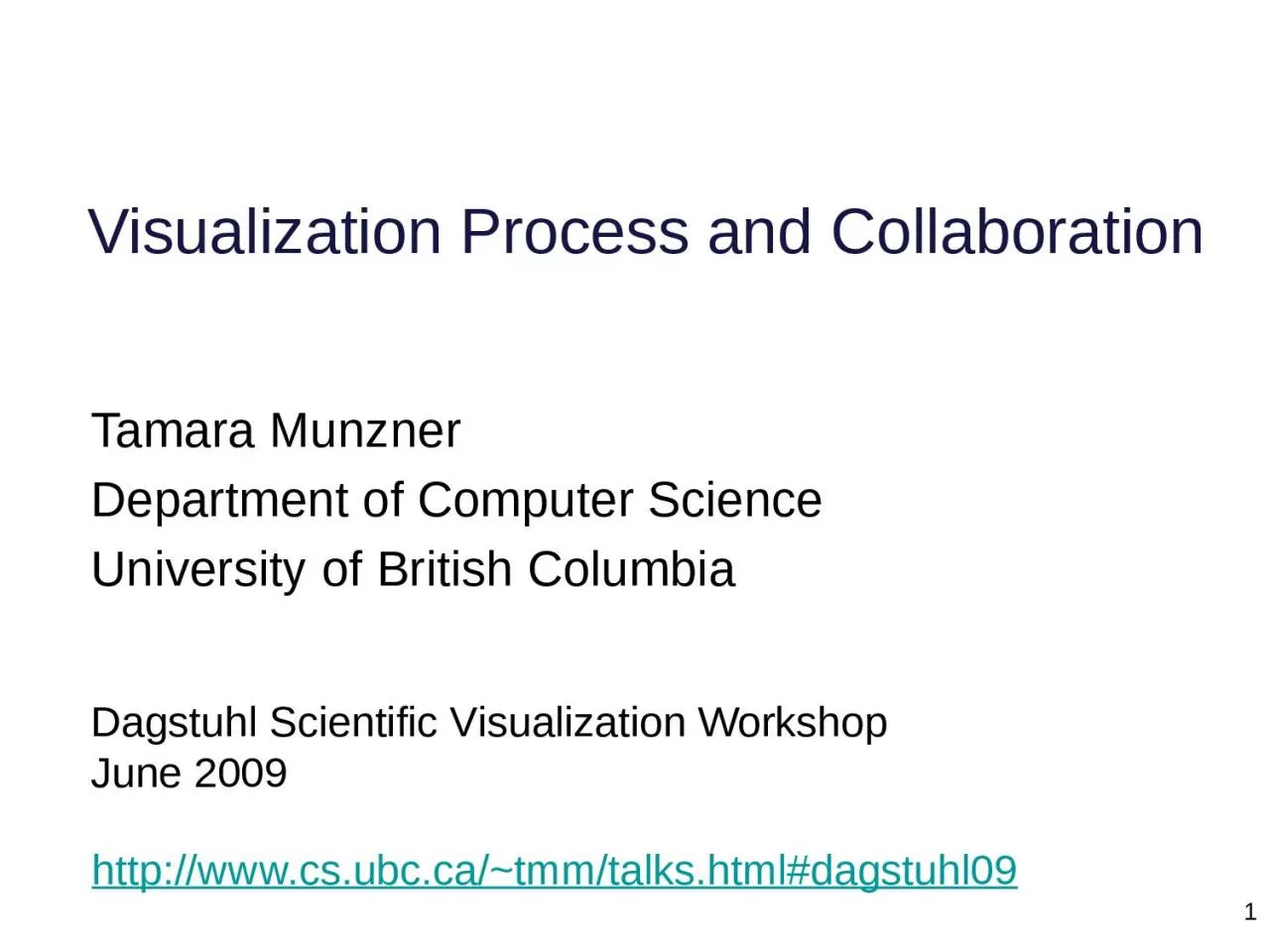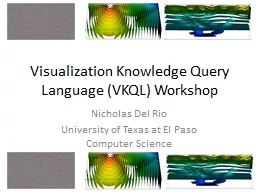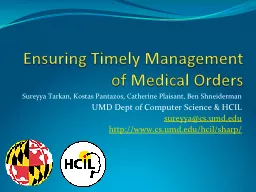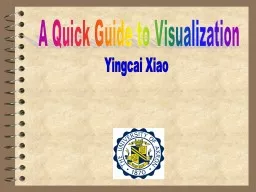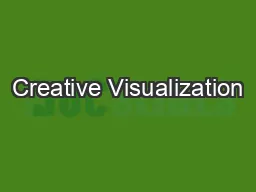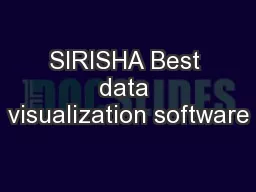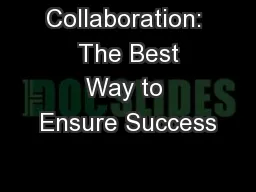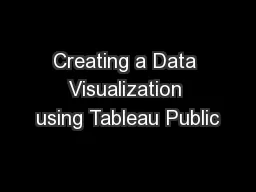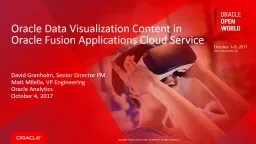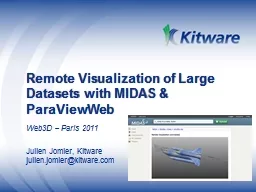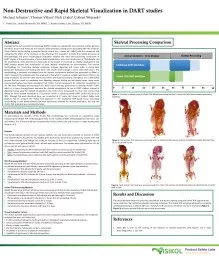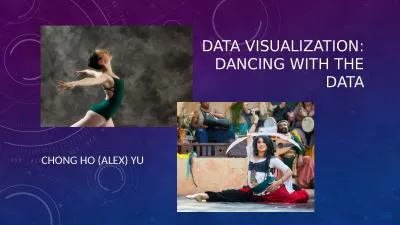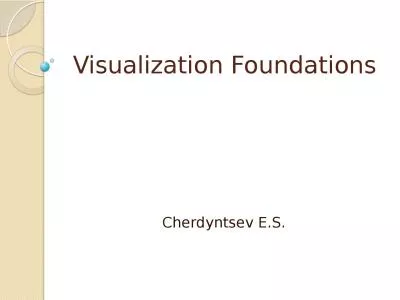PPT-1 Visualization Process and Collaboration
Author : ThePerfectFit | Published Date : 2022-08-02
Tamara Munzner Department of Computer Science University of British Columbia httpwwwcsubccatmmtalkshtmldagstuhl09 Dagstuhl Scientific Visualization Workshop June
Presentation Embed Code
Download Presentation
Download Presentation The PPT/PDF document "1 Visualization Process and Collaboratio..." is the property of its rightful owner. Permission is granted to download and print the materials on this website for personal, non-commercial use only, and to display it on your personal computer provided you do not modify the materials and that you retain all copyright notices contained in the materials. By downloading content from our website, you accept the terms of this agreement.
1 Visualization Process and Collaboration: Transcript
Download Rules Of Document
"1 Visualization Process and Collaboration"The content belongs to its owner. You may download and print it for personal use, without modification, and keep all copyright notices. By downloading, you agree to these terms.
Related Documents

